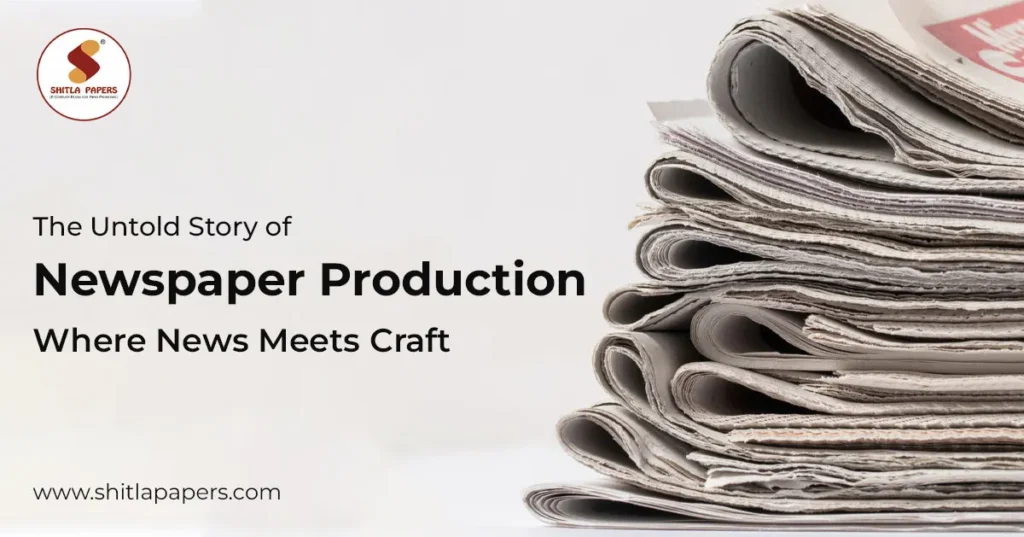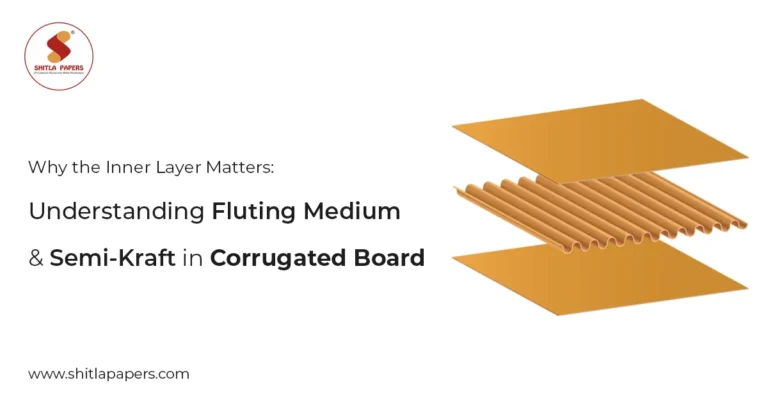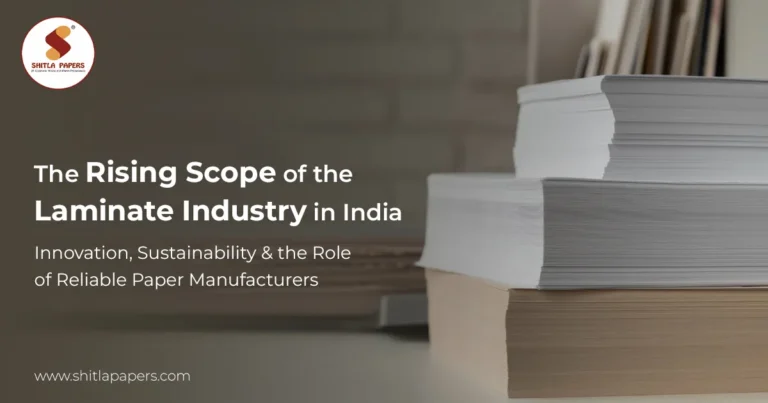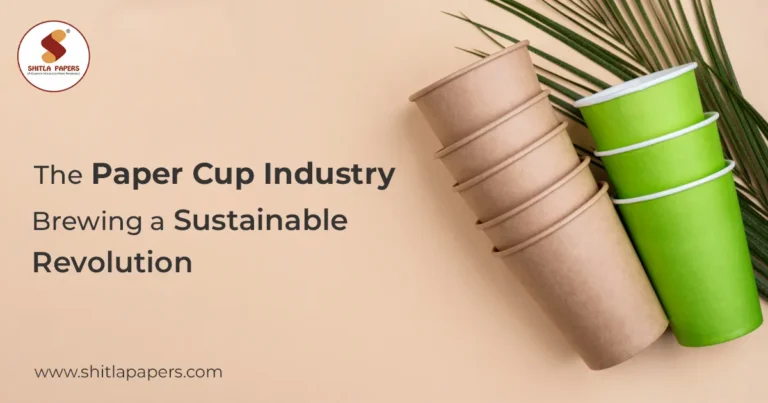In a world where digital screens fill our mornings, the crisp rustle of a newspaper still has a charm that no smartphone can match. From the bold headlines to the fine print in the corners, every newspaper brings not just the day’s news but also the artistry of its production. Behind each copy is an untold story of skill, care, and paper technology; this story begins long before ink touches the page.
Table of Contents
The Journey Begins: Paper as the Backbone of Newspapers
At the core of every newspaper is paper, a silent but strong medium that brings journalism to life. Without the right paper, newsprint would lack clarity, durability, and the feel that readers appreciate. Unlike glossy magazines or upscale brochures, newspapers need a specific type of paper that balances cost, print quality, and production speed.
Over the years, paper manufacturers and suppliers like Shitla Papers have honed this skill, providing a variety of papers made for different printing and publishing needs. Each type of newspaper paper plays a unique role, making sure that words, photos, and ads reach readers in their purest form.
Types of Newspaper Paper
Newspaper production isn’t the same for everyone. Depending on the content, design, and audience, newspapers use different types of paper to improve the reader experience. Here are the main categories:
Virgin News Print Paper is crafted from 100% fresh wood pulp, ensuring unmatched brightness, smoothness, and durability. Ideal for high-speed printing, it delivers crisp text, vibrant images, and reduced ink absorption. Its strength prevents tearing, while eco-friendly sourcing ensures sustainability. Perfect for newspapers, supplements, and advertising inserts, it blends quality, readability, and reliability seamlessly.
Recycled News Print Paper is an eco-friendly choice crafted from recovered fibers, offering sustainability without compromising quality. It ensures clear print, smooth texture, and excellent ink absorption, making it ideal for newspapers, supplements, and advertising materials. Cost-effective and durable, it reduces environmental impact while delivering readability, strength, and a greener future for publishing industries.
The Production Process: More Than Just Ink on Paper
Once the right paper is chosen, the journey of newspaper production unfolds like a well-choreographed dance.
1. Content Creation: Journalists, editors, and designers craft stories, layouts, and visuals.
2. Pre-Press: Digital layouts are finalized, ensuring accuracy in fonts, alignment, and images.
3. Printing: High-speed rotary presses roll out thousands of copies per hour, layering black and colored inks onto paper.
4. Cutting and Folding: Sheets are trimmed, folded, and bundled into familiar newspaper formats.
5. Distribution: Finally, the fresh morning editions make their way to newsstands, homes, and offices.
This careful process shows how the quality of paper and its selection directly affect the final product—from the clarity of a headline to the brightness of a photo.
Why Paper Still Matters in the Digital Era
Despite the rise of digital media, newspapers still do well in many parts of the world. Why? Because paper provides a real connection to news, which digital screens cannot replicate. Holding a newspaper is a unique experience: the texture of the paper, the scent of ink, and the act of flipping through pages.
In addition, newspapers printed on eco-friendly paper have become signs of responsibility. They show that tradition and sustainability can coexist. Advertisers also appreciate newspapers for their credibility, understanding that quality paper improves brand visibility.
Conclusion: Where News Meets Craft
The story of newspaper production goes beyond printing headlines; it involves the ideal blend of journalism and paper craftsmanship. Each sheet of paper holds stories, opinions, and truths that influence our world. Newspapers use everything from standard newsprint to glossy supplements, from recycled sheets to special editions. Each type contributes to a richer reading experience.
At the end of the day, newspapers represent more than just news; they symbolize trust, tradition, and the lasting skill of paper. As long as there are stories to tell, the art of newspaper production will continue to thrive, where news truly meets craft.





